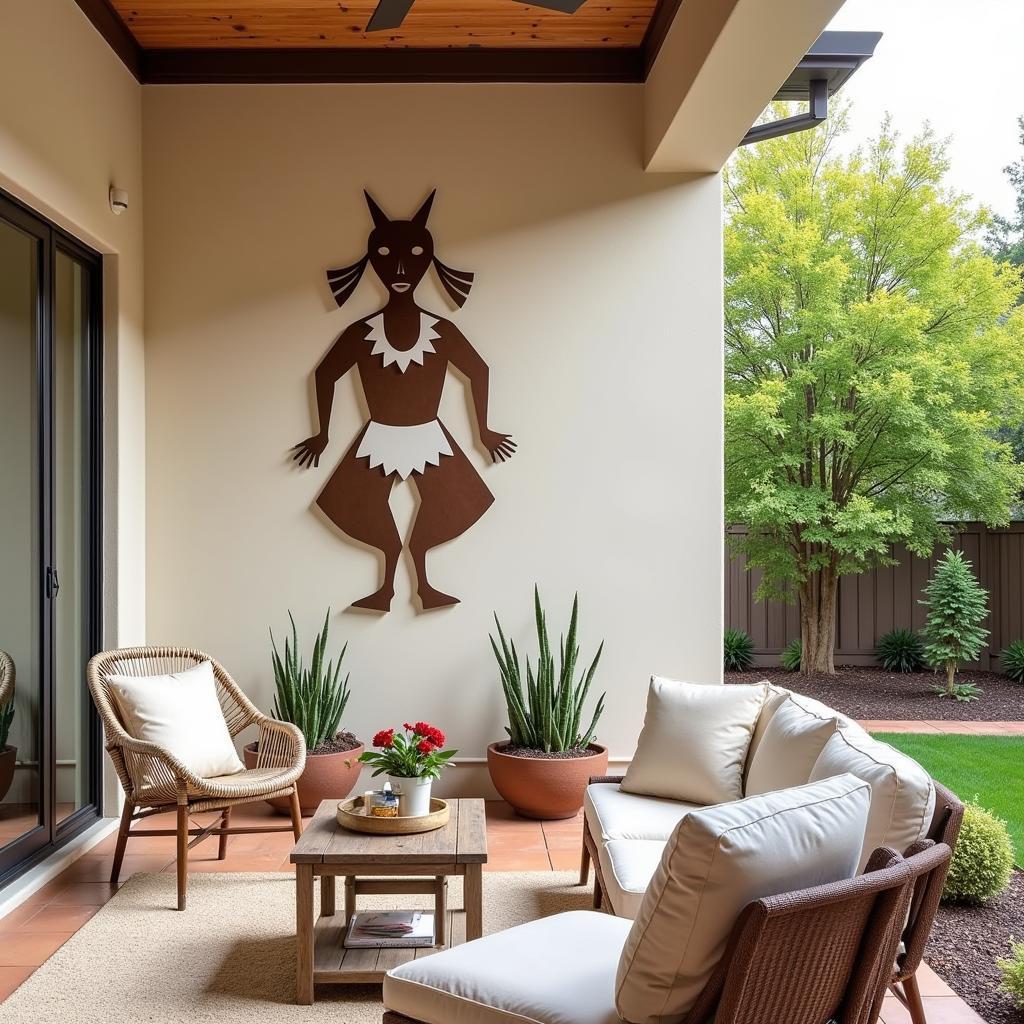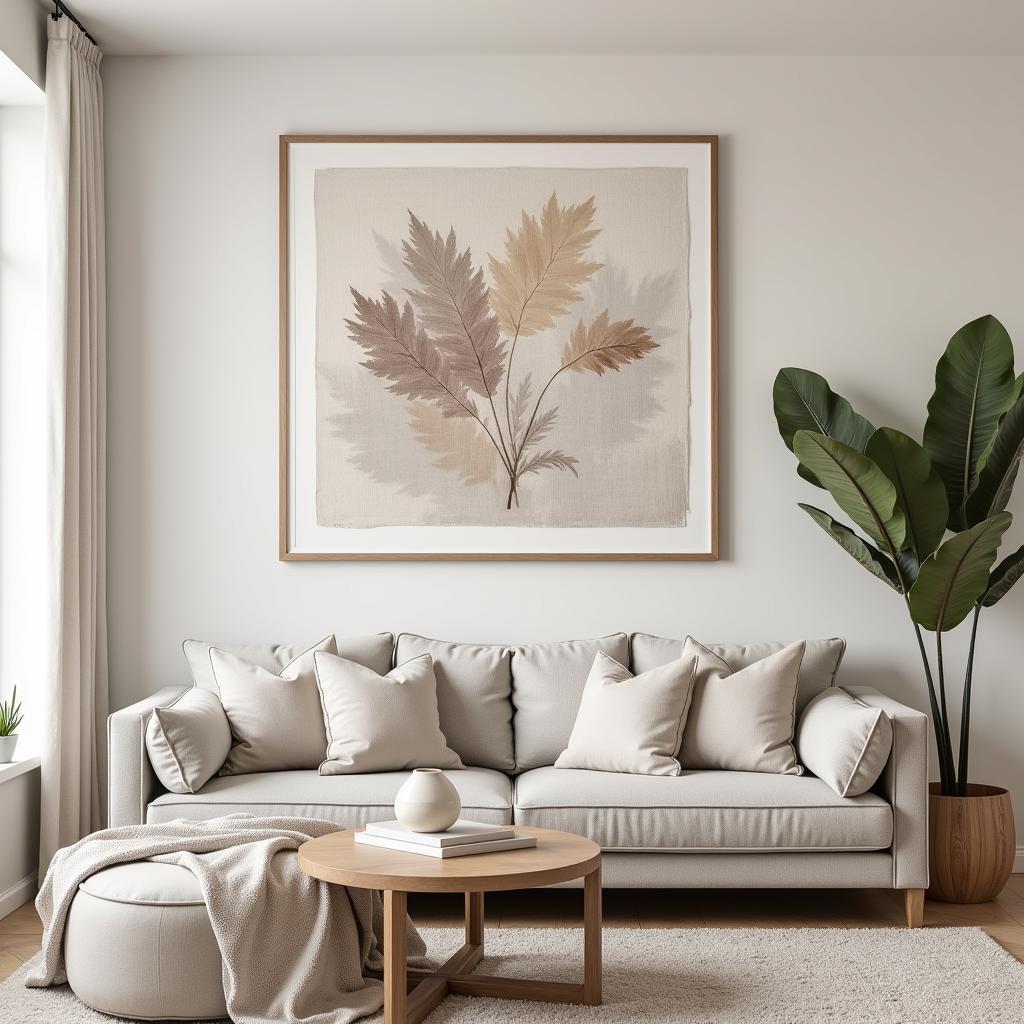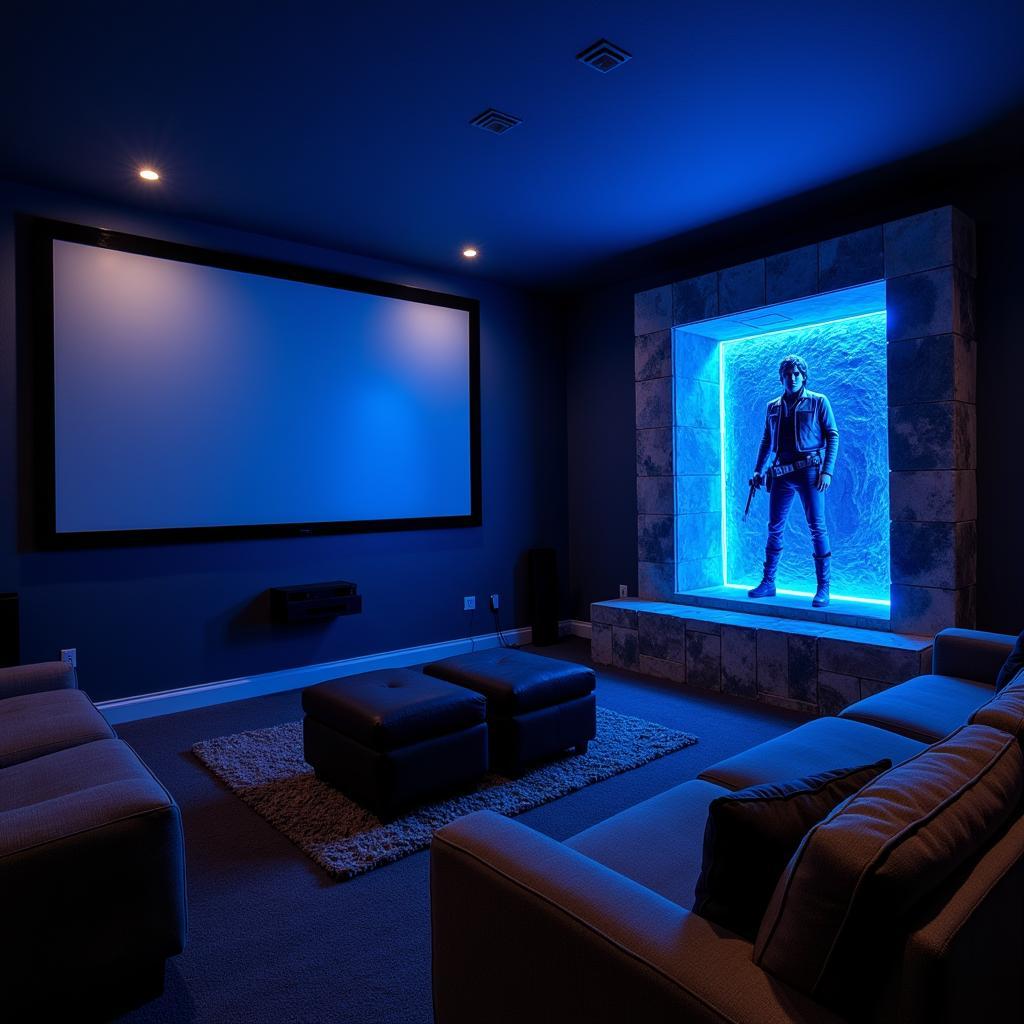Art Deco Bauhaus: A Fusion of Styles
The intersection of Art Deco and Bauhaus design principles often sparks curiosity and debate among art enthusiasts. While distinctly different movements, their shared emphasis on functionality and aesthetics paves the way for a fascinating exploration of their unique characteristics and surprising overlaps.
A Tale of Two Movements: Defining Art Deco and Bauhaus
Born in the roaring twenties, Art Deco embraced luxury, glamour, and technological advancement. Imagine opulent ocean liners, sleek automobiles, and soaring skyscrapers – all adorned with geometric patterns, rich colors, and lavish ornamentation. This style, with its roots in decorative arts, celebrated the machine age and projected an aura of optimism and progress.
On the other hand, Bauhaus, founded in Germany post-World War I, emerged as a reaction against the overly decorative styles of the past. It advocated for simplicity, functionality, and social responsibility in design. The movement’s mantra, “form follows function,” resonated through its architecture, furniture, and everyday objects, characterized by clean lines, geometric forms, and a minimal aesthetic.
Points of Convergence: Where Art Deco and Bauhaus Meet
While seemingly disparate at first glance, a closer look reveals intriguing similarities between Art Deco and Bauhaus. Both movements embraced:
- Geometric Forms: Both styles utilized geometric shapes like triangles, circles, and squares as core design elements, although their application differed significantly.
- Modern Materials: Both movements embraced the use of modern materials such as chrome, glass, steel, and concrete, reflecting the technological advancements of their time.
- Mass Production: Both Bauhaus and Art Deco explored the possibilities of mass production, aiming to make good design accessible to a wider audience.
Bridging the Gap: Exploring the Fusion of Styles
Despite their differences, Art Deco and Bauhaus can harmoniously coexist, especially in contemporary design. This fusion often involves incorporating elements of both styles, resulting in spaces that are both functional and visually captivating.
For example, a living room might feature sleek Bauhaus-inspired furniture upholstered in luxurious velvet fabrics with Art Deco-inspired geometric patterns. Or, an Art Deco-style building might incorporate Bauhaus principles in its interior design, focusing on functionality and clean lines.
Finding the Balance: Art Deco Bauhaus in Today’s Design
The key to successfully blending Art Deco and Bauhaus lies in finding the right balance. It’s about understanding the essence of each style and incorporating elements that complement each other. Too much ornamentation can overwhelm the minimalist aesthetic of Bauhaus, while an overly simplistic approach can strip Art Deco of its characteristic glamour.
Ultimately, the fusion of Art Deco and Bauhaus allows for a unique and personalized design aesthetic. It’s about embracing the best of both worlds—the sleek functionality of Bauhaus and the luxurious elegance of Art Deco—to create spaces that are both visually stunning and perfectly suited for modern living.
FAQs about Art Deco and Bauhaus
1. What are the key differences between Art Deco and Bauhaus?
Art Deco emphasizes ornamentation, luxury, and decorative arts, while Bauhaus focuses on functionality, simplicity, and social responsibility in design.
2. Can Art Deco and Bauhaus elements be used together in design?
Yes, blending Art Deco and Bauhaus elements can create visually appealing and functional spaces. The key is finding a balance between the two styles.
3. What are some examples of modern products that combine Art Deco and Bauhaus influences?
Contemporary furniture, lighting fixtures, and home decor often incorporate elements from both movements, showcasing a fusion of minimalist design and geometric aesthetics.
4. Are there any famous architects or designers associated with both Art Deco and Bauhaus?
While no prominent figures bridged both movements directly, some designers, like Marcel Breuer, experimented with elements of both styles in their work.
5. Where can I find more information about Art Deco and Bauhaus?
Explore online resources, visit museums with design collections, or refer to books on art and design history for further exploration of these captivating movements.
Need help finding the perfect Art Deco or Bauhaus piece for your space? Explore our curated collection of modern art decor. From art deco ice buckets to abstract art t shirts, discover unique pieces that reflect your style. We also offer a range of art deco watches ladies and Chicago abstract art to elevate your aesthetic.
For any assistance, please contact us:
Phone: 02462573573
Email: danteum@gmail.com
Address: Savico Megamall, 7-9 Đ. Nguyễn Văn Linh, Gia Thụy, Long Biên, Hà Nội 10000, Việt Nam.
Our customer service team is available 24/7 to assist you.




